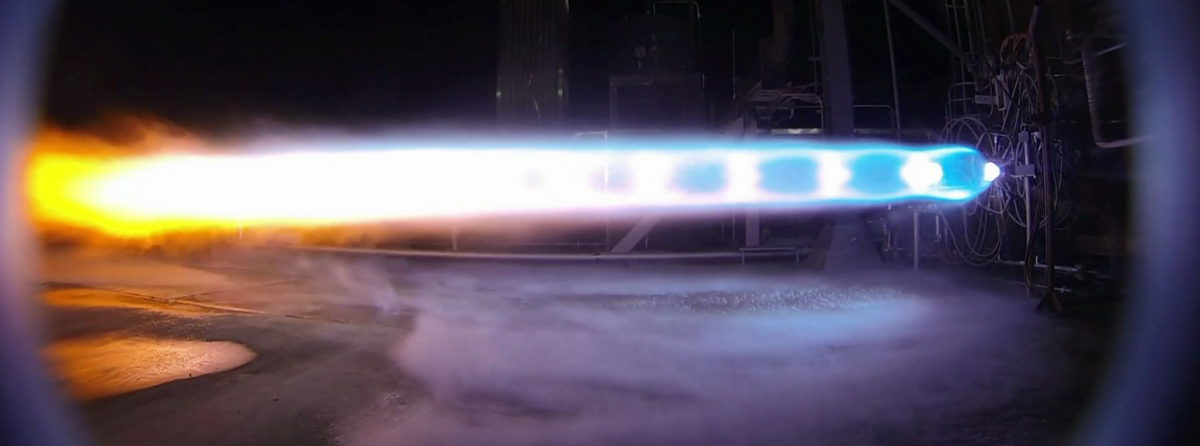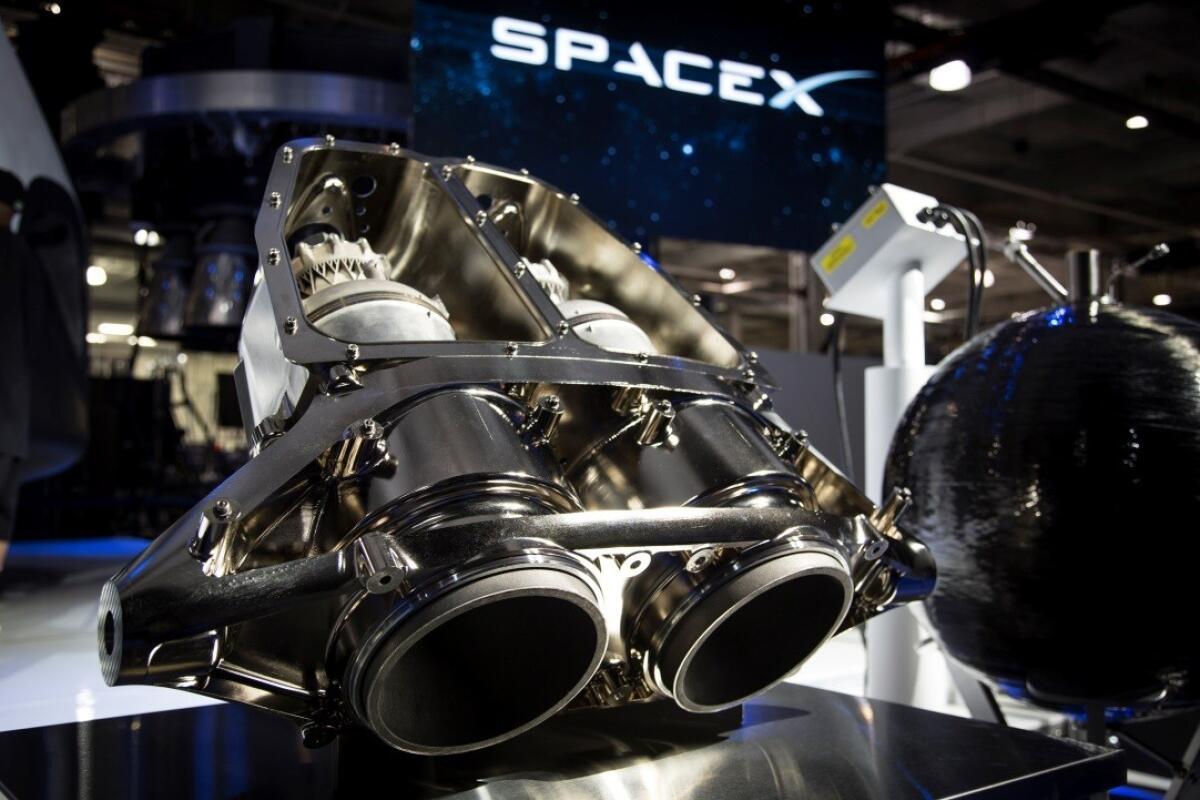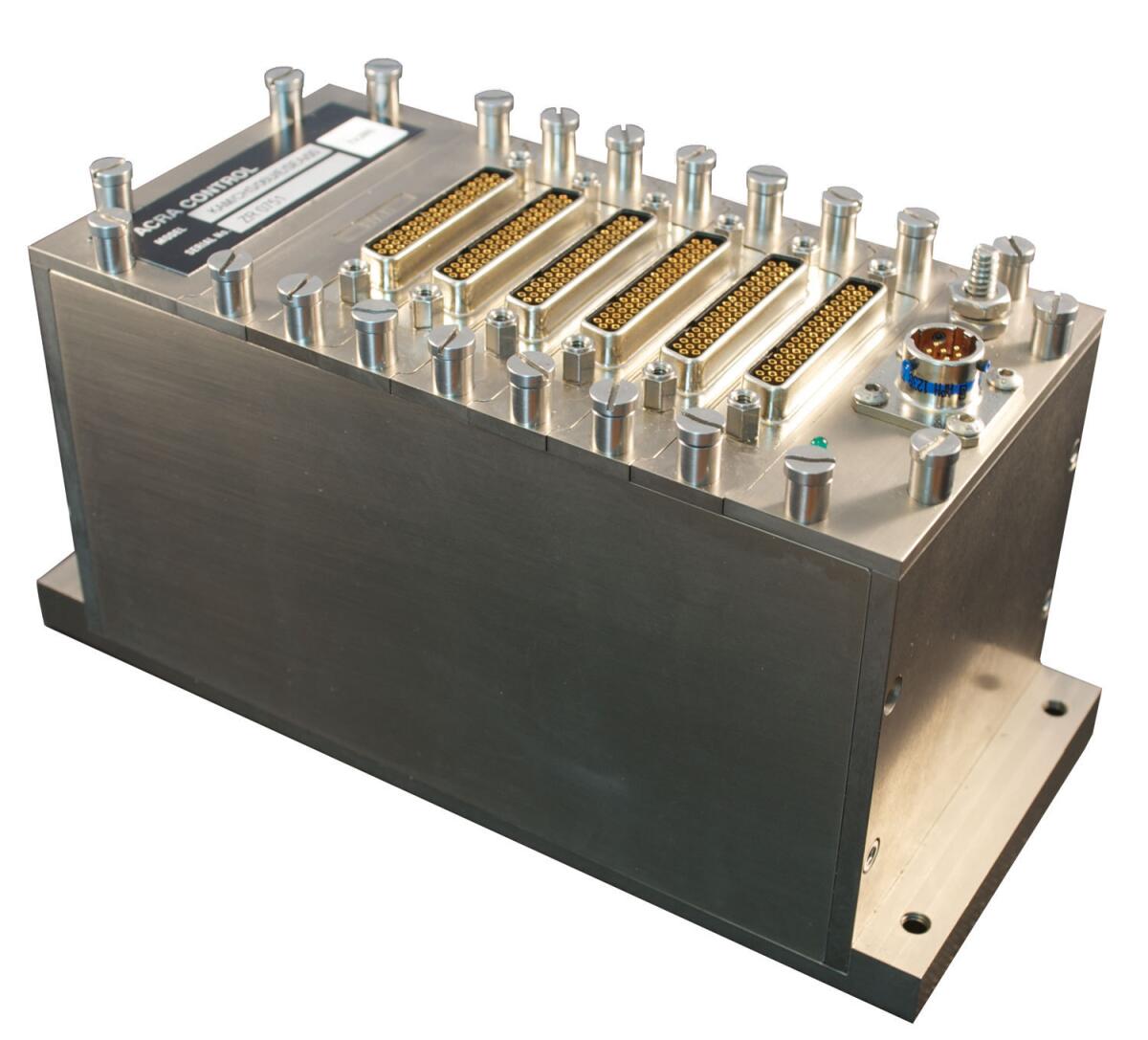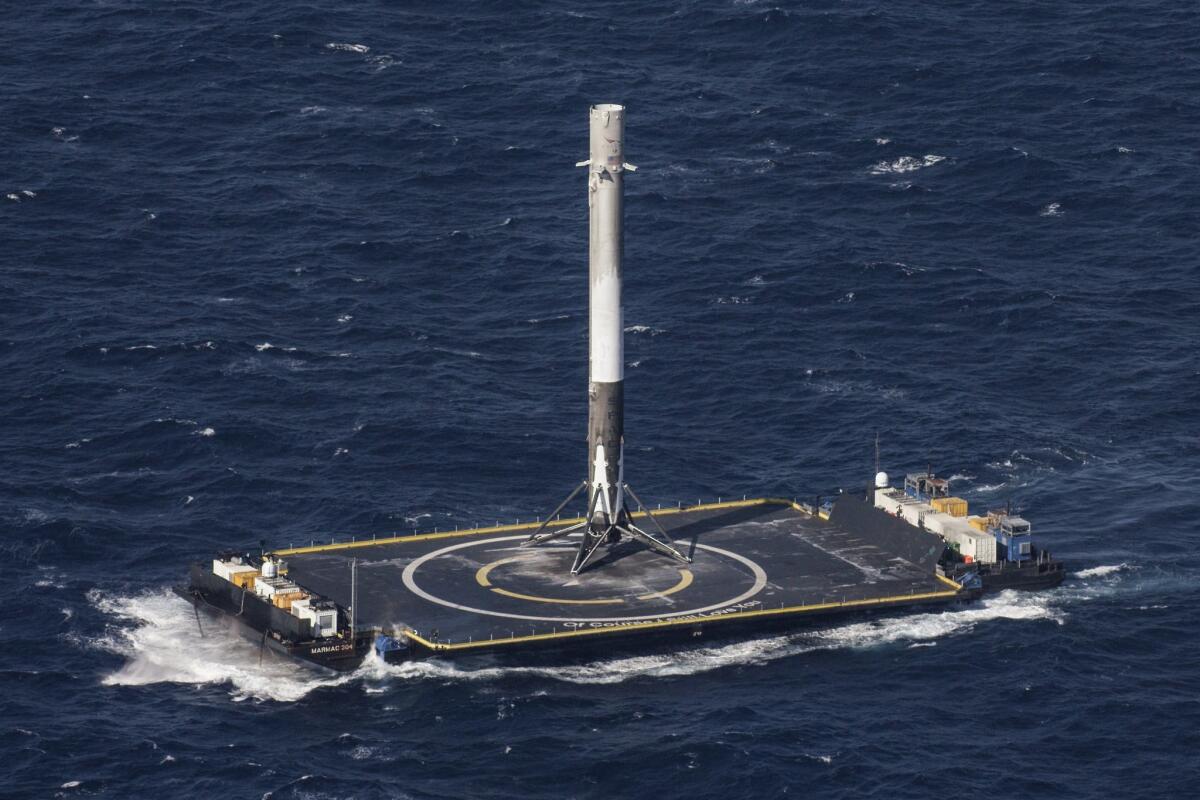Making space exploration more affordable
- Share via
Upstart aerospace companies such as SpaceX and Blue Origin are betting they can go head-to-head with the legacy launch providers on price by leveraging new technology and rocket manufacturing techniques. Here are some of them.
Methane
Most rocket engines that are powered by liquid fuel use either hydrogen and liquefied oxygen, or kerosene and liquid oxygen. Some companies see liquefied natural gas as an alternative.

Who’s using this: Blue Origin, SpaceX
Advantage: Widely available, cleaner, self-pressurizing
Additive manufacturing
Experts say additive manufacturing, known as 3-D printing, could be a game-changer in terms of cutting down the time and cost of producing rocket parts.

Who’s using this: United Launch Alliance, SpaceX, Blue Origin, Aerojet Rocketdyne
Advantages: Quicker production, cheaper to produce prototypes
Commercial off-the-shelf parts
It’s not uncommon for aerospace companies to repurpose hardware that was developed for other industries. Now some companies are applying this idea to data systems.

Who’s using this: SpaceX, United Launch Alliance, Boeing, Virgin Galactic
Advantages: Cheaper production and development costs
Reusable rockets
Upstart aerospace companies have poured money and resources into developing a rocket that can be reused over and over again, much like commercial aircraft.

Who’s using it: SpaceX, Blue Origin
Advantage: Using a rocket engine at least 10, and maybe many more, times cuts launch costs
Sources: Blue Origin, SpaceX, Curtiss-Wright




